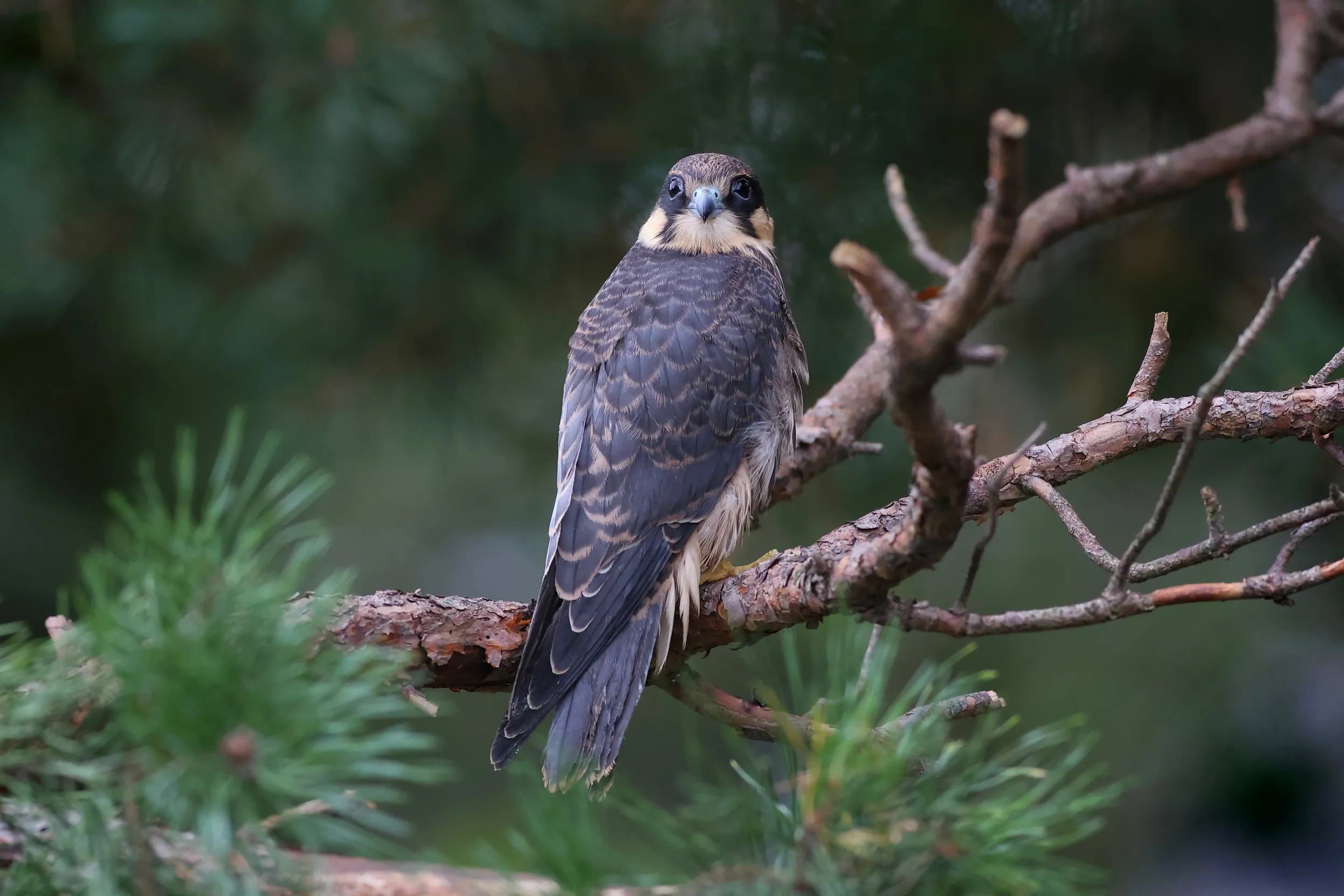News
White-tailed Eagles disappear in suspicious circumstances
We’re offering a £10,000 reward for information that leads to a conviction in these cases.
While England will be cheering on the Lionesses at the Women’s World Cup final against Spain on Sunday, thousands of birds will be making their own moves, skilfully winging their way south for the winter. Their goal? Warmer weather and reliable food. Our goal? To tell you about the brilliant birds which unite these two great footballing nations by travelling along the East Atlantic Flyway. And to cram in as many football puns as possible, before anyone cries fowl.

For many birds, life is a game of two halves. In spring and summer they raise their young in one place where there’s plenty of food and good places to nest. Then when the season’s over they transfer somewhere else with better conditions.
In England, and the UK, many of our summer visitors will be heading out along the East Atlantic Flyway, one of eight superhighways used globally by migratory birds. It stretches from Canada, Siberia and northern Europe through south-western Europe, north and West Africa all the way down to southern Africa.
Many birds raised in England book their flights to Spain, with some deciding to stay there for the winter.
Let’s meet the teams.
These are land birds which often split their time between England and Spain. It’s a star-studded line-up which arrives in spring in time to take advantage of the abundance of insects and other minibeasts which they catch and feed to the next generation of superstars.
The team list includes some of the best bug poachers in the business, such as some Pied Wagtails (pictured at the top) which can be seen sprinting across playing fields and gardens in Toones and cities.

Blackcaps and Chiffchaffs (pictured) on the other hand prefer Greenwoods, or any other wood for that matter. They all make the most of the longer days further north, which gives them the extra-time needed to try and fill the hungry bellies of their young.
First on the team sheet is the Stone-curlew, a natural goalkeeper if ever we saw one. This is a rare summer visitor with long yellow legs, relatively long wings and a big head with large yellow eyes which it uses to hunt at night for bugs. They’re not one for a pristine pitch, instead preferring open bare stony ground to nest on. But a loss of this type of habitat and human disturbance, means their numbers have dropped dramatically.

Next up, the Ring Ouzel (pictured). They dress a bit like a referee but don’t hold it against them. This is a rare hardy bird of the uplands where it breeds in steep sided valleys, crags and gullies. They’re also in decline, but if you’re lucky, you can see them in northern England from March until September, when many return to Spain.
Other key players:
Some of our seabirds also travel south once the breeding season is finished, with a number heading for Spanish waters. This is a talented team, but some of the players are known to dive a bit.
This colourful character is a master at dodging incoming tackles from larger birds as it makes its way back to its nest burrow with a beak full of sandeels. But despite their skills, their numbers have also declined significantly in recent years and they’re on the Red List of most threatened birds.
Bempton Cliffs in the East Riding of Yorkshire provides director’s box viewing of them performing, the white cliffs home to a huge crowd of shouting seabirds in spring and summer. Once breeding season is over, they head out to sea with the new recruits, including to waters around the Spanish coast.
Other key players:

These are the global superstars who spend spring and summer in England and travel through Spain during their autumn migration south. They’re heading for a winter in Africa, before ‘coming home’ next spring for another season. It’s a huge team of birds, including some of our most loved summer visitors.
Where to start – this is a team blessed with mega talent and big egos - if we miss anyone out it could all kick off. House Martins and Swallows have the agility and pace to give anyone a run for their money and Swifts certainly know how to score a screamer or two.

But we’re going with the Hobby (pictured) because it has the talent to catch dragonflies, Swallows and martins on the wing. And its scientific name is Falco subbuteo – from where the famous table football game got its name.
Other key players

A relatively small and unknown team of wetland birds which have been heading north from their usual breeding grounds because of drought in southern Europe. This year some ended up breeding in England and the UK and many of these birds will have come from Spain. With drought increasing because of climate change, birds travelling north to find better conditions to breed may be a sign of things to come.

Black-winged Stilts (pictured) – With the longest legs of any bird relative to its size, these are among the best avian centre backs in the business. Seeing them in England is a rare treat, but 2023 was an exceptional year for them here and a small number of pairs bred. They don't do so every year – you could say it was a rare foray into the England box.
Find out more about the East Atlantic Flyway and why we think England’s wetlands, which are a crucial part of it, should join other iconic landmarks on the UNESCO World Heritage site list.